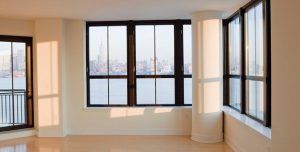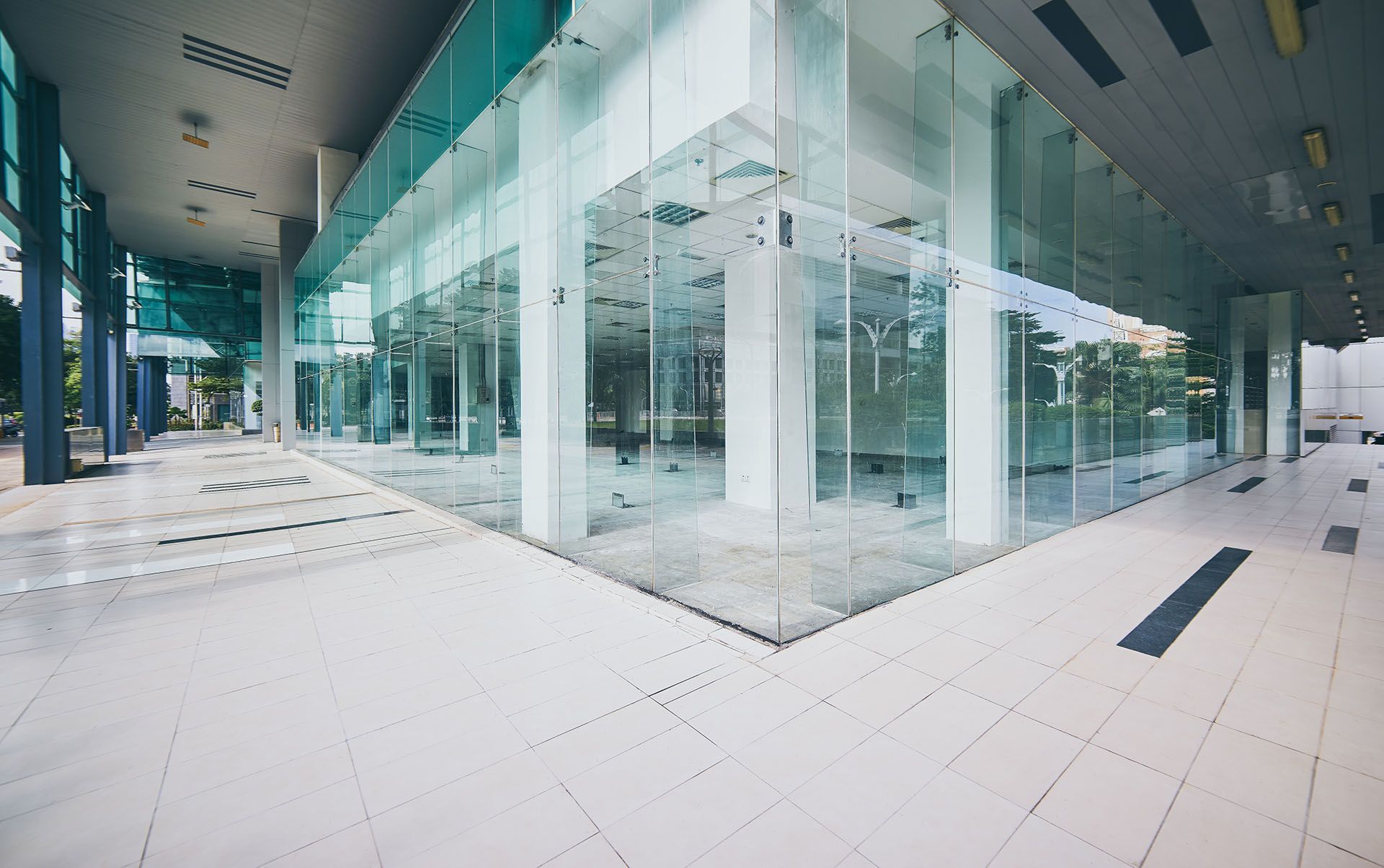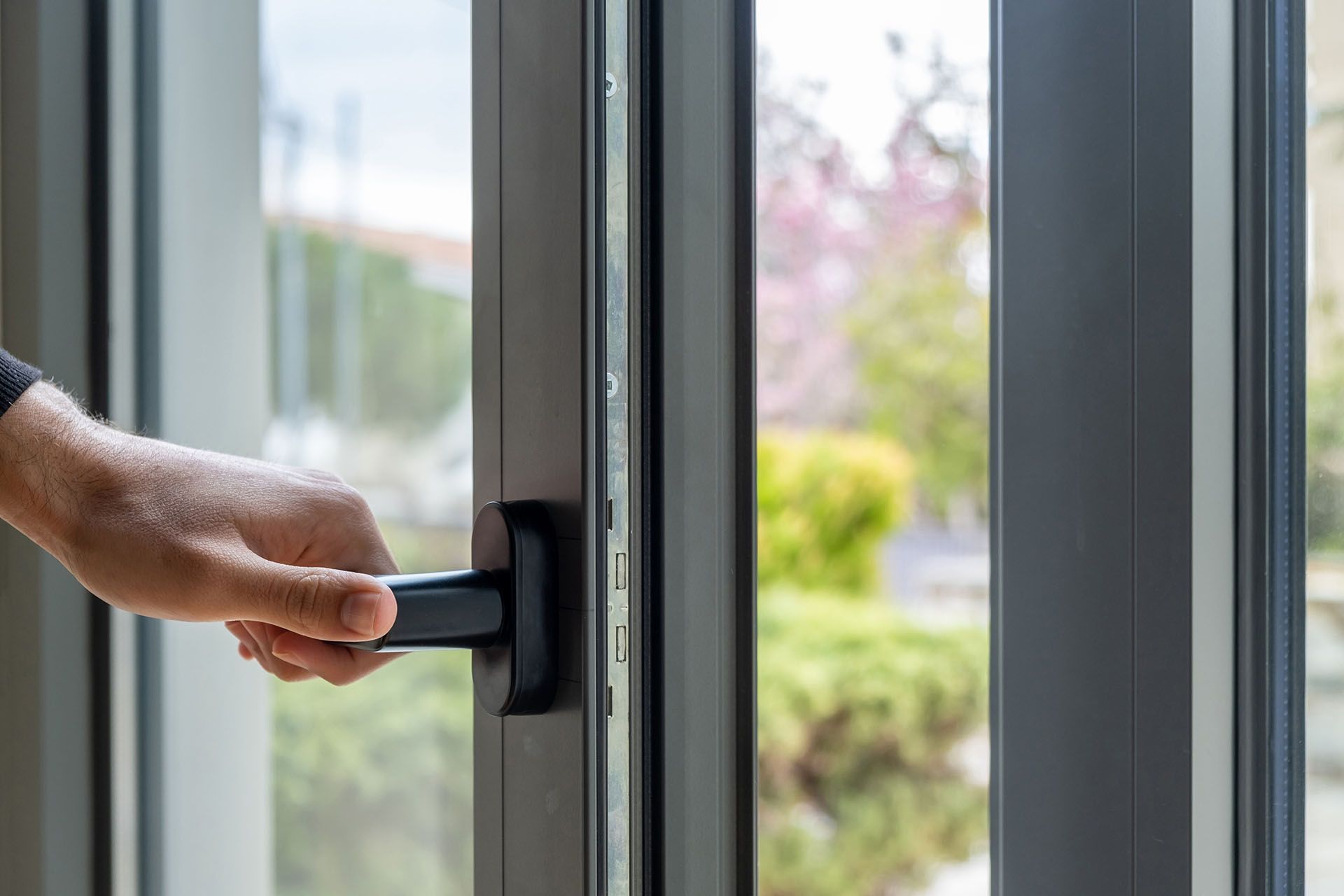Float glass is made by floating molten glass on a bed of molten tin, which is then cooled and cut to size as required.
Float glass is the most common option for standard household windows.
Shane's Glass is a float glass supplier that offers float glass in one of our glass replacement options. As the leading float glass supplier in Canberra, we have the expertise and resources to provide top-quality glass products and services to our clients.





